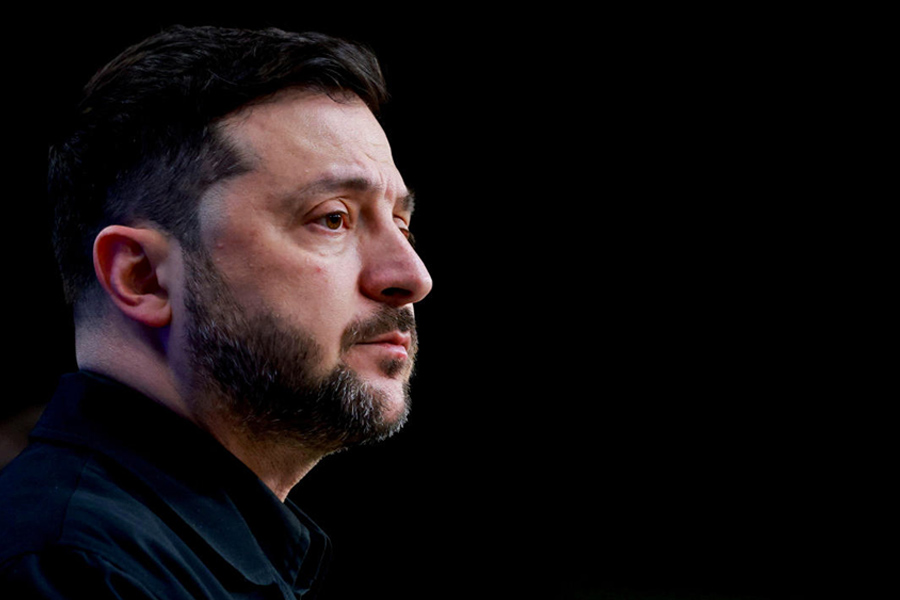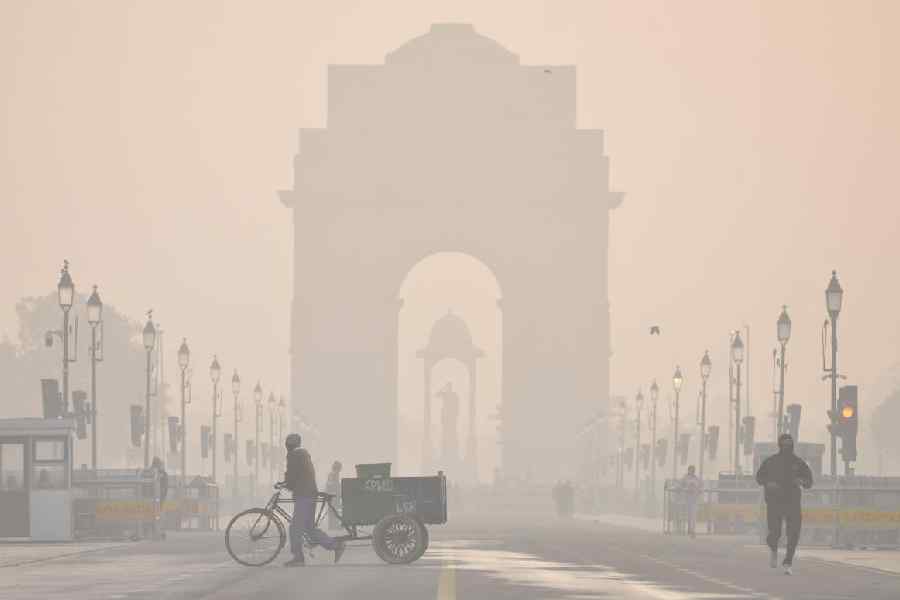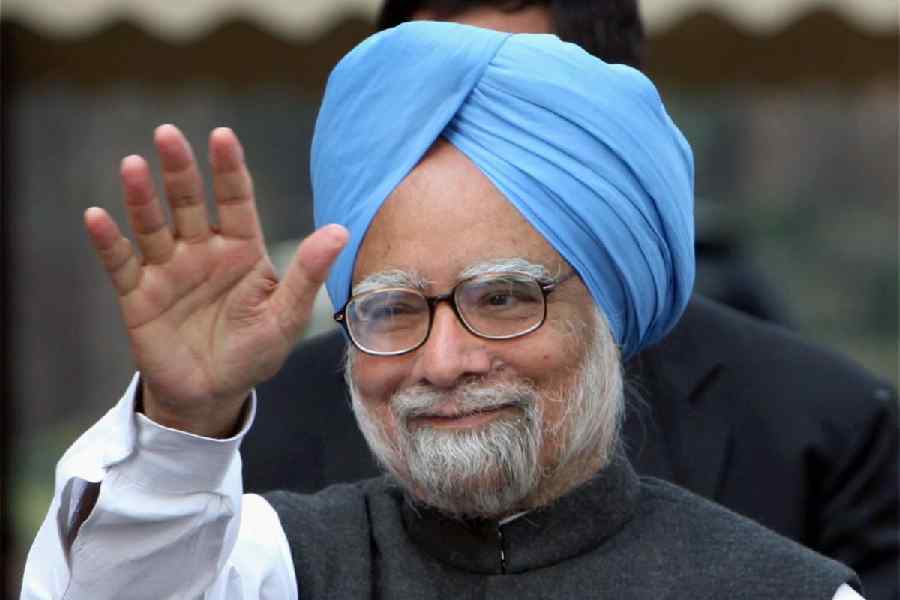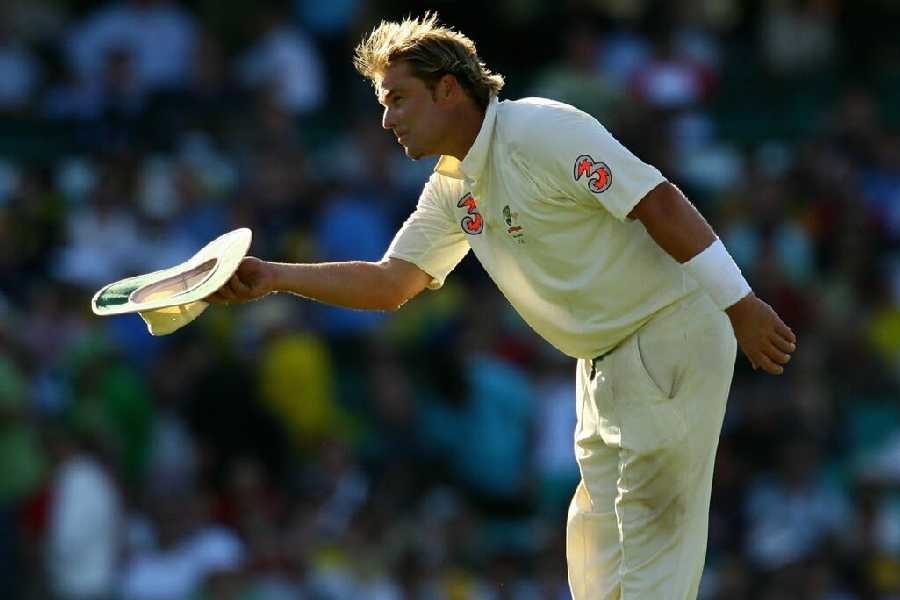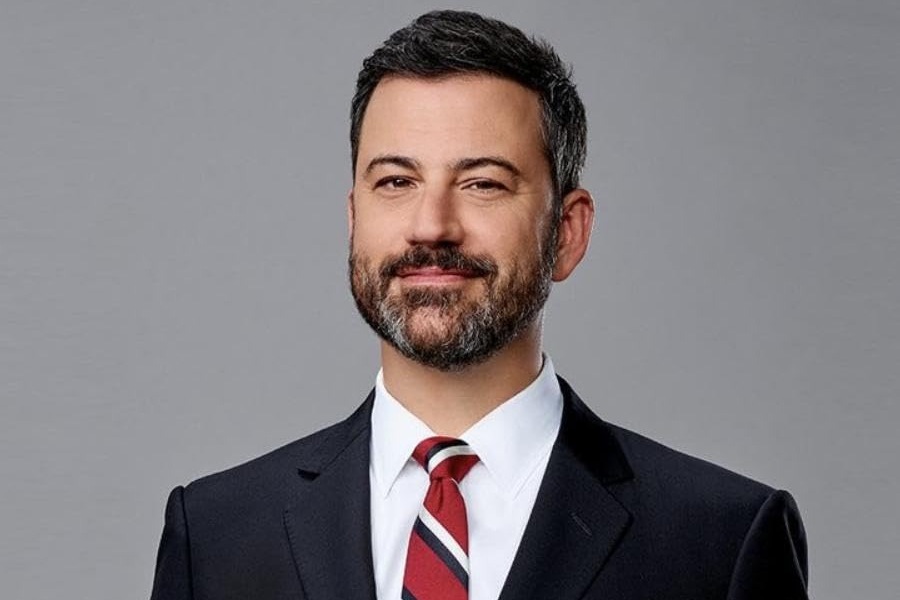 |
The Odissi dance of today is not only for the current-day danseuses. Its germination in about 30 years is due to many art lovers and efforts of gifted gurus, scholars, critics and a galaxy of young dancers in the 50s.
The germination of the dance form began when Mrs Laximipriya Mohapatra performed a piece of abhinaya in Annapurna theatre. This was announced as an Odissi dance item in 1948. The consciousness of art and culture lovers brought them together to form an institution to develop this dance by drawing students from art-loving families. Thus Kala Vikash Kendra was founded under the leadership of Mr Babulal Joshi, the then treasurer of Praja Socialist Party. His associates were two-term MLA Baikuntha Nath Mohanty, Nilamadhab Bose, Mr Gorachand Mishra, Dr Rajeswari Dalbehera, Brajeswari Dalbehera and others. The first batch of students were Jayanti Gosh, Sadhana Bose, Sushama Dash, Prativa Sahu etc. They were trained by Guru Kelu Charan Mohapatra and Mr Mayadhar Rout in one of the rooms in Mr Gour Ghosh’s house in Cuttack. Gour Ghosh was an actor and producer of Oriya films. When the single room became congested, the institution shifted to Oriya Bazar. The contents of the training were Odissi dance steps, exercises, a small item on a line of music like Gotipua and Mahari dance. The major items were folkdances of Orissa, Sambalpuri dance, Kela Keluni dance and small dance-dramas. Jayanti Ghosh and Sadhana Bose were the best of the lot and this group grew with the joining of Pratima Dash, her younger sister Sushama Das, Jyotsna Dalbehera, Krishnapriya Nanda, Banipriya Nanda, Kadambini Mishra, Alaka Das and so on.
The most interesting story is that these girls begged for donations from house to house and handed over the collections to Mr Babulal Joshi for the maintenance of Kala Vikash Kendra.
A cultural evening in those days had 15 minutes of Odissi dance followed by folk dance or Kela Keluni, Paika dance and small dance-dramas. Both in Kala Vikash Kendra and the National Music Association, a plethora of dance dramas were produced. With the downfall of theatres like Annapurna and Janata Ranga Mancha, the then elite public probably enjoyed more of dance dramas and the allied forms of dance of Orissa. Kala Vikash Kendra, with Kelu Charan Mohapatra as the main tutor, flourished and became famous for his disciples like Jayanti Ghosh, Sadhana Bose, Krishnapriya Nanda, Banapriya Nanda, Pratima Das, Sushama Das, Alaka Das, Jyotsna Dalbehera, Banalata, Sarami Patnaik, Sanju Patnaik, Kadambini Mishra etc.
Simultaneously, the National Music Association with Guru Deba Prasad Das as the main tutor, assisted by Mayadhar Rout, produced dancers like Nandita Mohanty, Jayanti Mishra, Manmohini Mishra, Urmilla Bhagat, Urbasi Tripathi and so on.
Gradually, after graduation, most of the names mentioned above vanished as dancers and became bohus in their married life. Of course, the next batch of students of Kala Vikas Kendra were equally well-trained. A few dancers like Nandita Samuel, Nina Rath, Itishree Rath, Parveen and Nasrin were excellent and Guru Kelucharan went on to have the shows with them. A guru’s recognition comes through the pupil especially in performing art and alas, how painful it is for the guru to lose a good dancer who he has groomed. All my respect and reverence to the gurus who were so conscious of the social impact of dance on girls that they would never discourage their marriage proposals.
Along with the institutional support for the growth and nourishment of Odissi dance, silently the gurus were visiting homes when invited by the parents to teach Odissi dance to girls. Guru Kelucharan Mohapatra was teaching Meenakshi Nanda, Sanjukta Panigrahi, Kukumina Das in their respective houses. Simultaneously, Guru Deba Prasad Das taught dance to the extremely talented Madhuri Mohanty at her house. Almost at the same time, Guru Pankaj Charan Das started teaching Nilima Jena, Anuradha Mohanty at Puri and Geeta Mohanty in Cuttack.
Within three years of learning, Sanjukta’s parents found her potential and sent her to Kalakshetra (Madras) to learn Bharatnatyam and be trained professionally. But Meenakshi stopped dancing and started classical music instead. Kukumina continued and then joined Kala Vikash Kendra. Madhuri Mohanty silently disappeared but the vacuum was filled by Bijayalaxmi Mohanty of Puri whose father nourished her and encouraged Guru Deba Prasad to teach her. She was vibrant and practised Bandha Nritya for which she gained national fame. But the danseuse lost her father at a young age; this led her to stop dance, pursue studies and join central school as a teacher. Ultimately Bijayalaxmi got married leaving a big vacuum. At Puri, Nilima Jena and Anuradha Mohanty also got married and forgot the stage.
The potential of Odissi dance was realised by aristocratic higher middle-class families which brought Priyambada Mohanty (Hejmadi), Bandana Das (Kanungo), Sushama Mishra (Tej) to undergo training at home and placed Odissi on the map of classical dance in India.
The role of Kumar Utsab Samitee, formed by a group of young and old art lovers, can never be forgotten in making Odissi dance popular. Senior dancers like Minati Mishra, Priyambada Mohanty, Bandana Das, Sushama Tej and many others participated in dance dramas organised by the samitee and they were subsequently replenished by Sanjukta Panigrahi, myself and the names mentioned above from both institutions. The dance dramas were mostly scripted by the late Suren Mohanty and Govind Tej, who used to guide Guru Kelucharan Mohapatra meticulously. Thousands would gather on the full-moon day on Kumar Purnima to witness the variety of programmes ending with brilliant dance dramas.
Sarkar Brothers’ make-up and Madhu Dutta’s lighting was perfect. Guru Kelucharan would be busy arranging the stage sets and would start tying saris to students since afternoon if the show was to start in the evening, since stitched costumes were a dream in those days.


